[ad_1]
Digital marketing tools give marketers the ability to perform essential tasks across all online channels.
As the size of a business increases, so does the need for digital marketing tools. Think SEO, PPC, email, social, and content marketing.
In this article, we’ll go over the best:
- SEO tools
- Marketing automation tools
- Social media management tools
- Design tools
- Collaboration & productivity tools
- Content creation tools
- Google tools
Let’s get to it.
The best SEO tools have built massive databases to help marketers identify and track all the information relevant to search engine performance.
Including:
- Keyword research
- Competitor keyword analysis
- SERP rankings
- Backlink data
- Backlink opportunities
Here are some of the top SEO tools:
Semrush
The all-in-one platform provides any search engine-related information businesses need to improve their organic search performance.
As one of the first and most highly-ranked SEO analytics platforms, Semrush is a staple in the space.
Created in 2008, Semrush has built a massive SEO database that includes:
- Over 21 billion keywords
- 808 million web domains
- 43 trillion backlinks
- 500 terabytes of traffic data
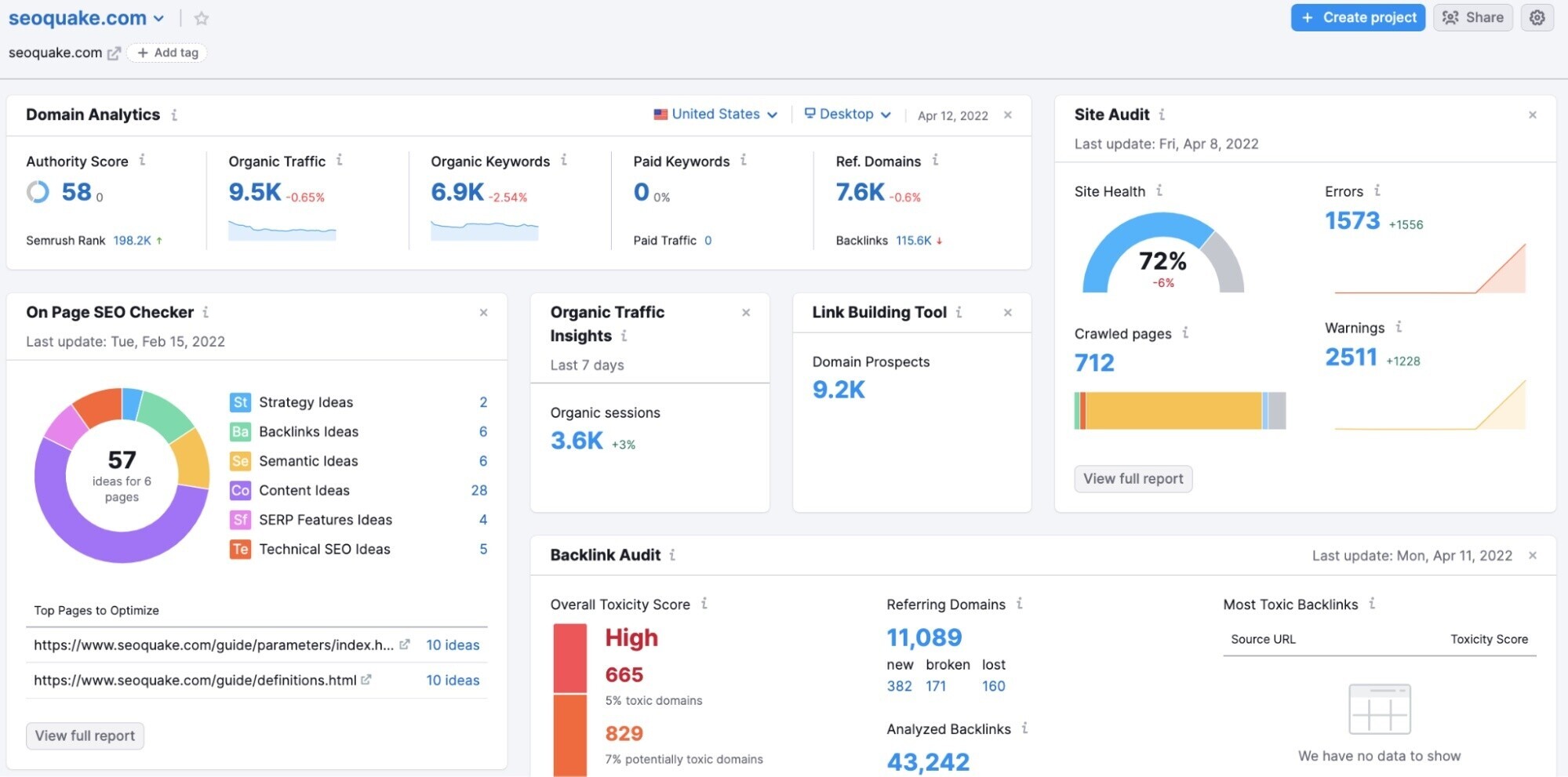
Though Semrush’s foundation is SEO, it continues to expand and now has over 40 tools that measure results for content, social media, paid ads, and competitor research.
Yoast
Yoast is a handy WordPress plugin with both free and paid options. It’s a staple for many SEO professionals, as it handles most technical SEO issues with ease.
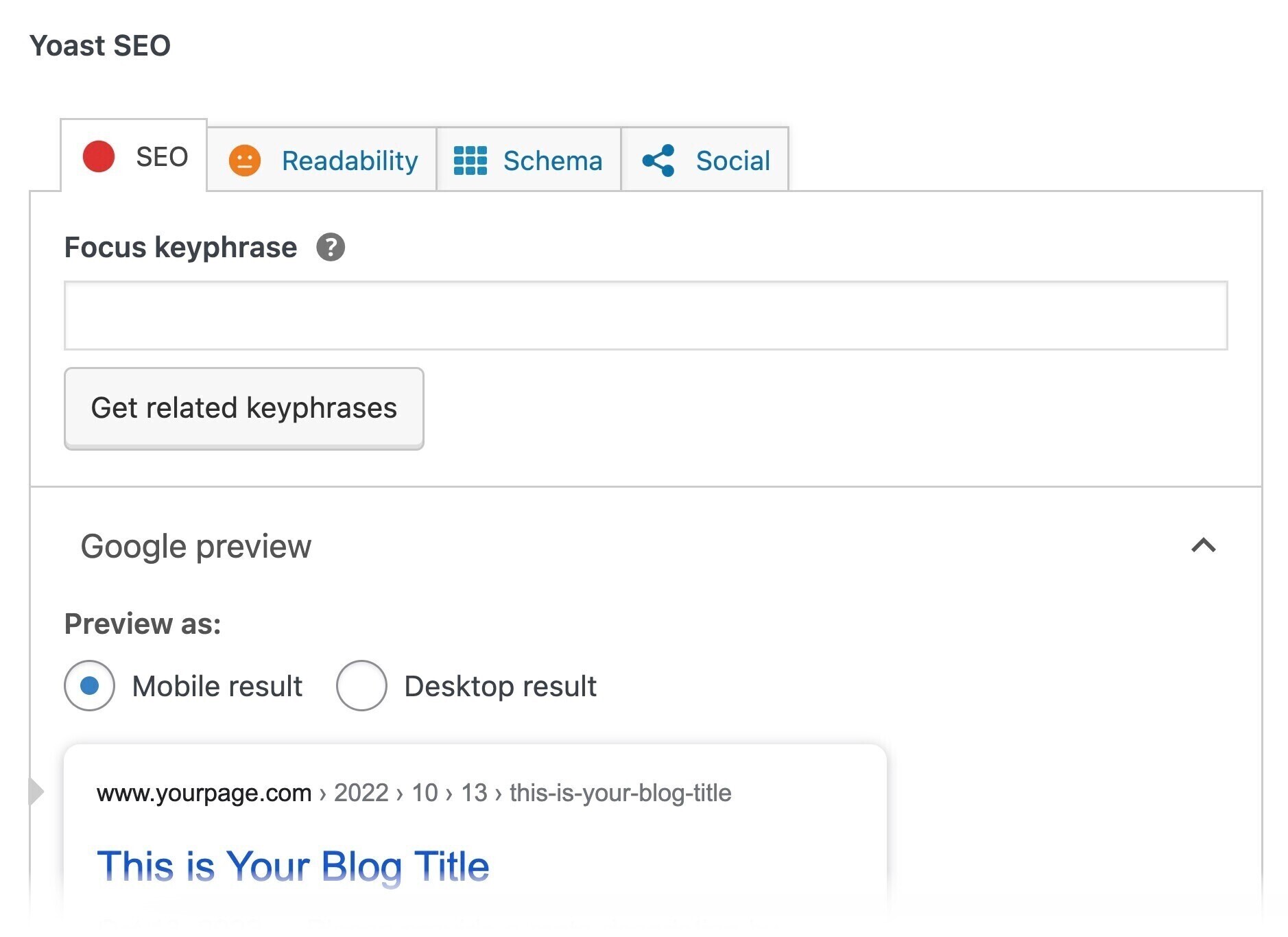
Even if you aren’t a technical SEO whiz, you can use Yoast to ensure that your site meets most SEO standards.
If you’re experienced, it can still save you plenty of time. And (as a bonus) it also offers tips for optimizing content for readability.
Plus, Yoast has tons of SEO training courses. All free.
Rank Math
Rank Math is another popular WordPress SEO plugin (300,000+ installations to date).
And for good reason.
It can be overwhelming to switch between tools and websites. Rank Math presents data from other apps (like Google Analytics and Google Search Console) right in your WordPress dashboard.
It also provides a Rank Tracker tool, monitors 404 errors, generates Schema Markup, and lots more.
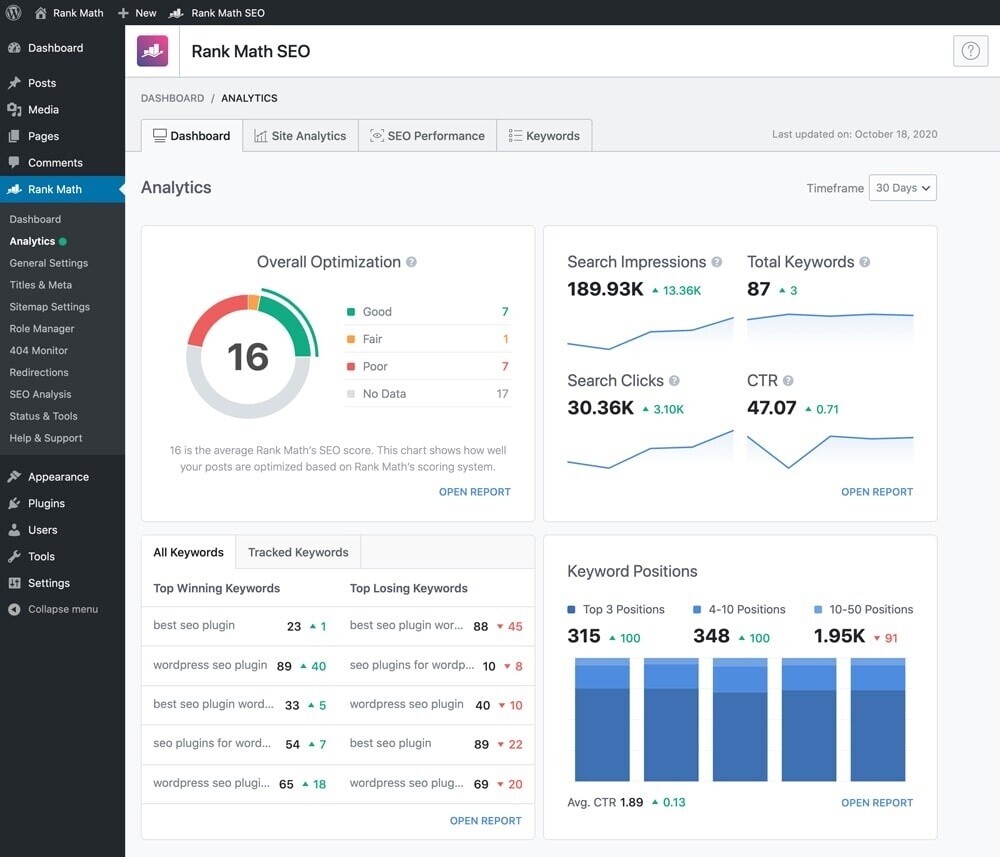
The free version includes plenty of great options on its own. But if you do decide you need to upgrade, the annual rates are very reasonable.
SEOquake
SEOquake is a free browser extension that lets users:
- Conduct on-page SEO audit in a flash
- Examine internal and external links
- Compare domains and URLs in real-time
- Export everything into a file
Without ever leaving their browsers.

The handy SERP overview tool (pictured above) shows a range of data for each result. You can also click any number to see a more in-depth report.
Marketing automation tools allow marketers to communicate with existing and potential customers more efficiently. Using emails, text messages, and more.
Here are the main benefits of marketing automation tools:
- Reduce the time marketers spend on repetitive tasks
- Allow companies to respond quickly and consistently to customers and prospects
- Connect with other digital marketing tools to improve their effectiveness
Let’s take a look.
HubSpot
HubSpot is one of the most well-known automation tools.
It started as a Customer Relationship Management (CRM) platform but has since evolved into a powerful platform for marketers.
HubSpot’s Marketing Hub provides the tools, insights, and automations a business needs to provide a better experience to their customers.
It helps improve performance across organic content, SEO, paid ads, social media, and more.

This all-in-one automation tool serves as an important reminder that marketing isn’t just about attracting and gaining new customers. But keeping them as well.
ActiveCampaign
ActiveCampaign allows businesses to provide meaningful customer engagement. At scale.
By connecting to over 850 social media, email, ecommerce, web, and payment tools, ActiveCampaign gives marketers full control over the customer experience across every marketing channel.
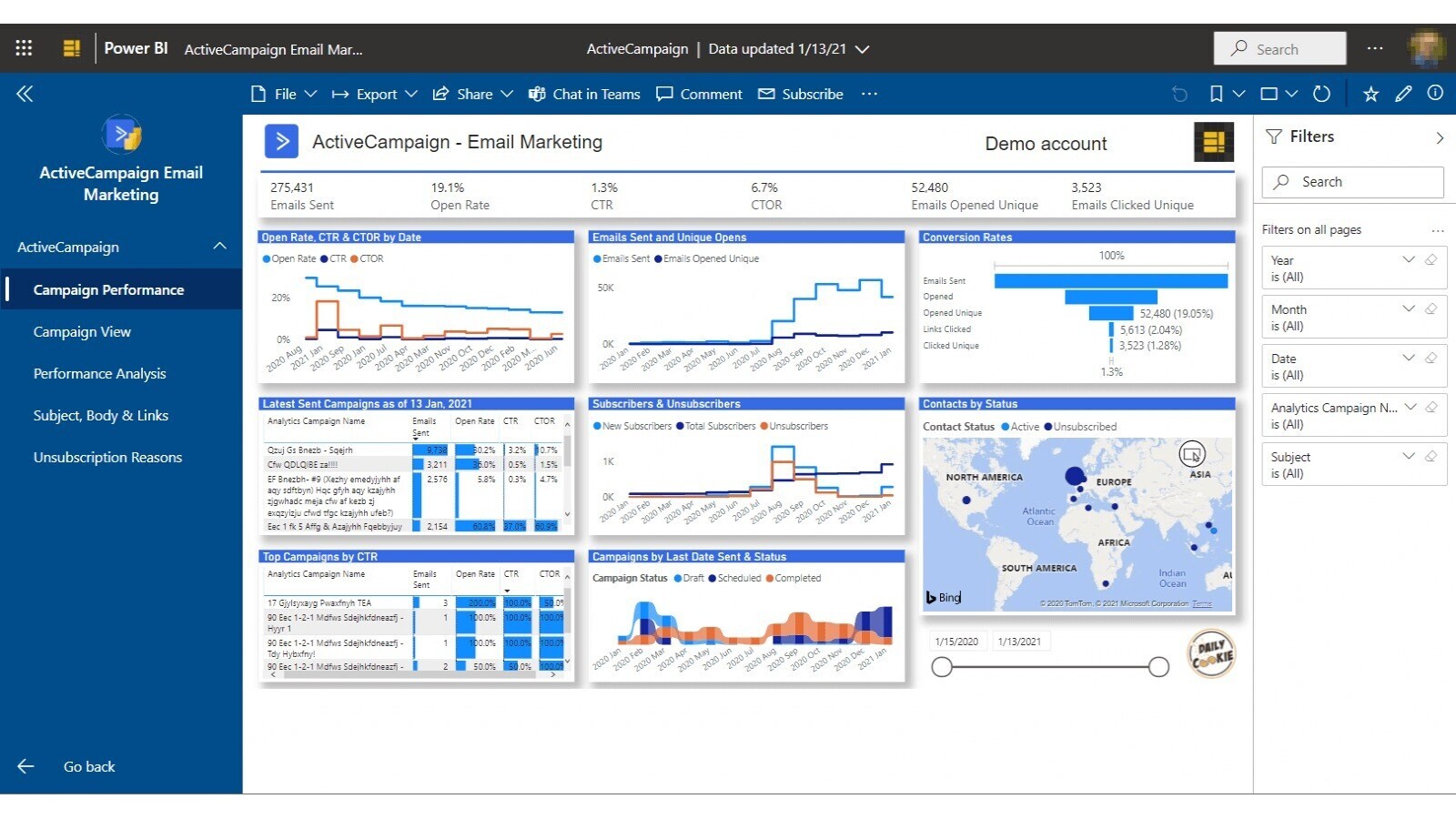
Active Campaign customers come in every shape and size. Small, medium, and enterprise. In every industry. B2C and B2B. 150K+ businesses in 170 countries.
Klaviyo
Unlike HubSpot and ActiveCampaign, which automate marketing across a wide range of channels, Klaviyo focuses on a narrower range.
Mostly, it focuses on automating businesses’ email, SMS, signup form, and ecommerce campaigns.
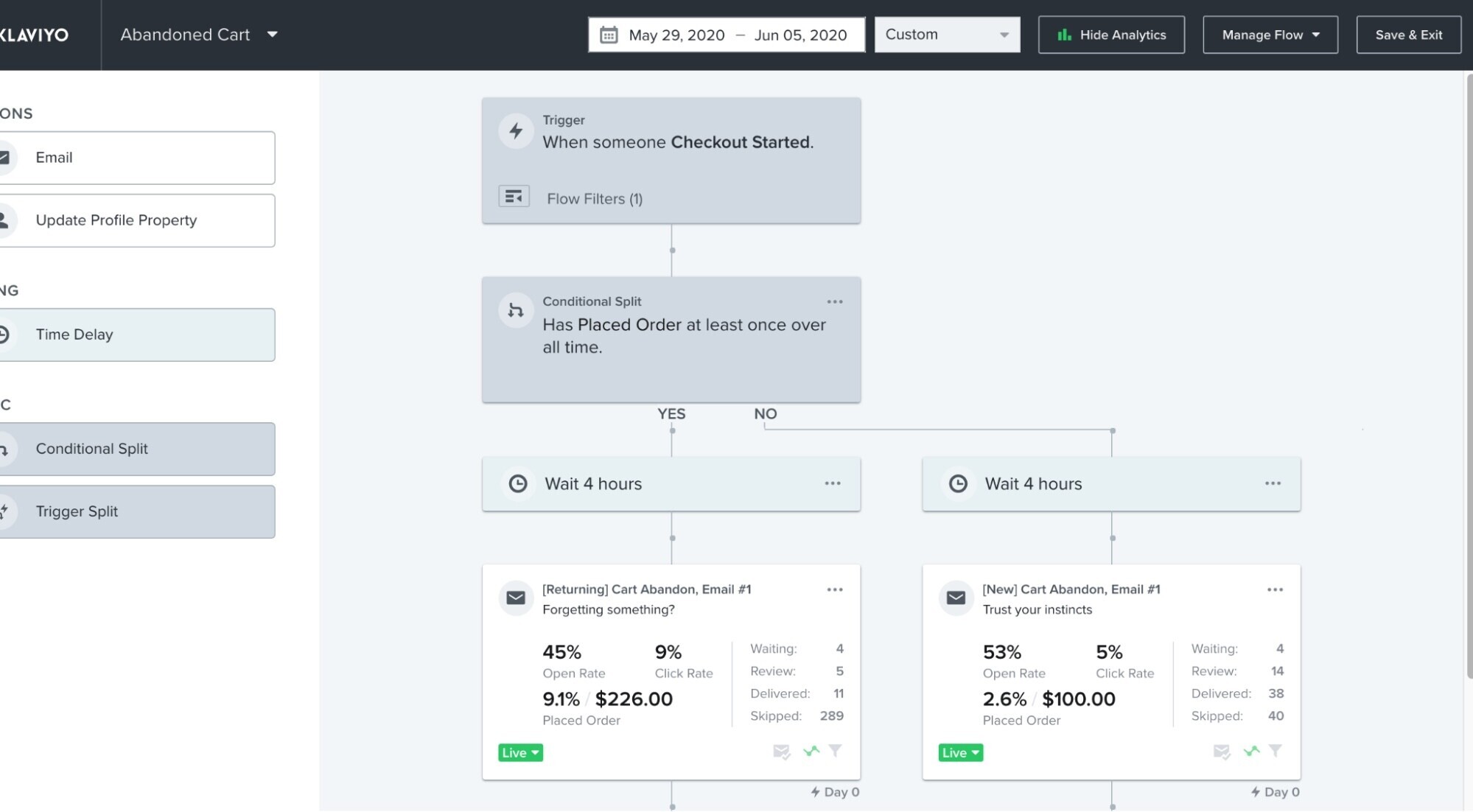
And this approach seems to be working—Klaviyo is snatching up more and more businesses, particularly in the direct-to-consumer space.
Marketo
Marketo was created as a marketing automation tool in 2006 and acquired by Adobe in 2018.
Like the rest of the tools on this list, it helps get marketing and sales teams on the same page. Specifically: customer engagement, content creation, and data.
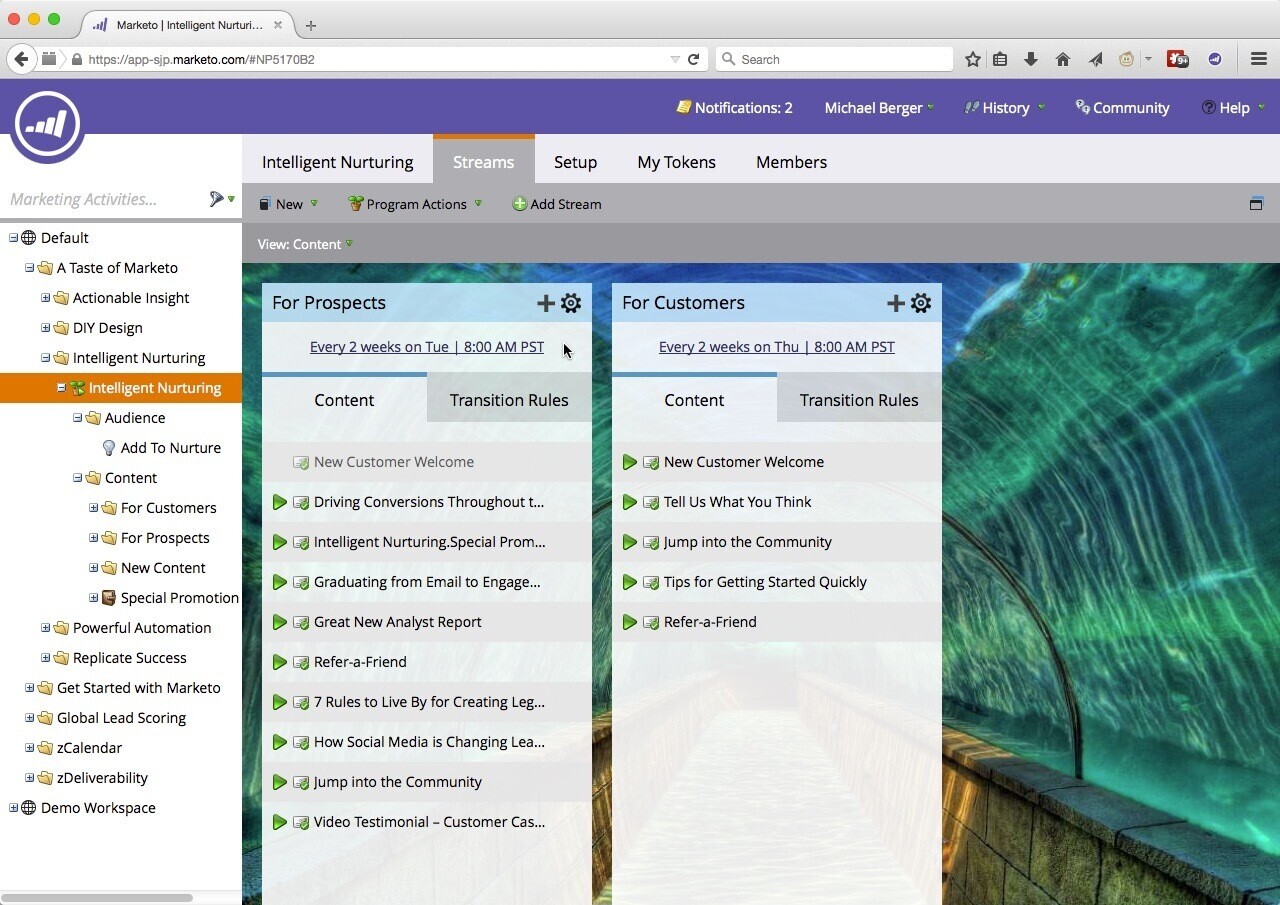
From cross-channel marketing automation to robust reporting, Marketo lets marketers deliver relevant content in real time, increase engagement and conversion, and prove the value of their marketing efforts.
Mailchimp
Mailchimp makes it easier for businesses to connect with larger audiences than they’d otherwise be able to.
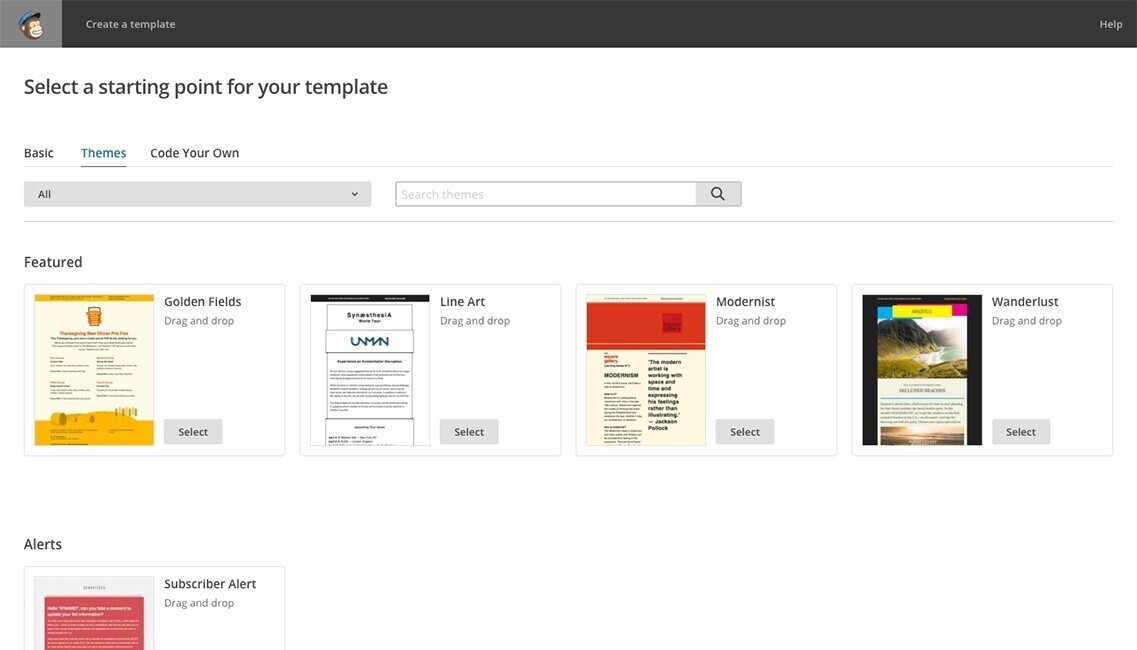
Most email marketing platforms tell you how your campaigns perform.
Mailchimp analyzes the data from the billions of emails they send to give you personalized recommendations for improving your content, targeting, and automations.
Social media management tools allow marketers to do the work of a whole social team.
They help with scheduling and automating posts, while also collecting important data.
Across Facebook, Twitter, Instagram, and Linkedin accounts, these tools let you:
- Automate post publishing according to your calendar
- Track post engagement across all your social channels
- Identify patterns in user engagement to fine-tune your strategy
Let’s get to them.
Hootsuite
Hootsuite is one of the most popular tools for scheduling, launching, and monitoring social media campaigns across different platforms—from Instagram to TikTok to Facebook to Pinterest.
Hootsuite has also developed tons of educational resources and courses to help marketers of all levels sharpen their skills.
The platform also offers services for customer research, ecommerce, and more.

Sprout Social
Like Hootsuite, Sprout Social is a highly-rated social media management platform that helps businesses schedule, publish, track, and analyze posts across their social media accounts.
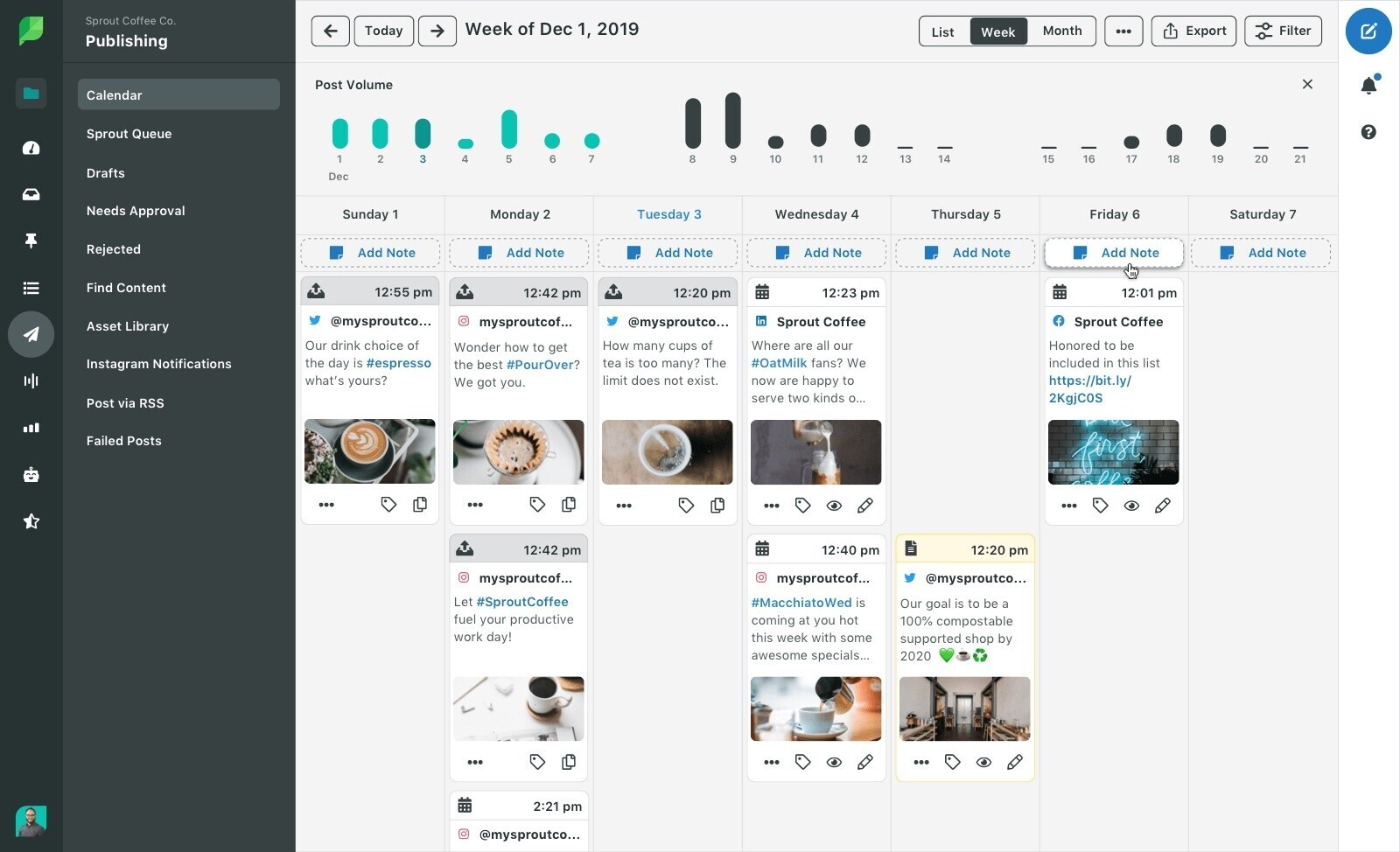
Sprout’s intuitive platform is designed with user experience in mind. Simplifying social publishing, engagement, reviews, analytics, and listening for their customers.
Zoho Social
Zoho Social is another leading social media management platform developed by business software creators, Zoho.
As one of their 40+ tools, Zoho Social offers features for scheduling, publishing, and analyzing social media posts.
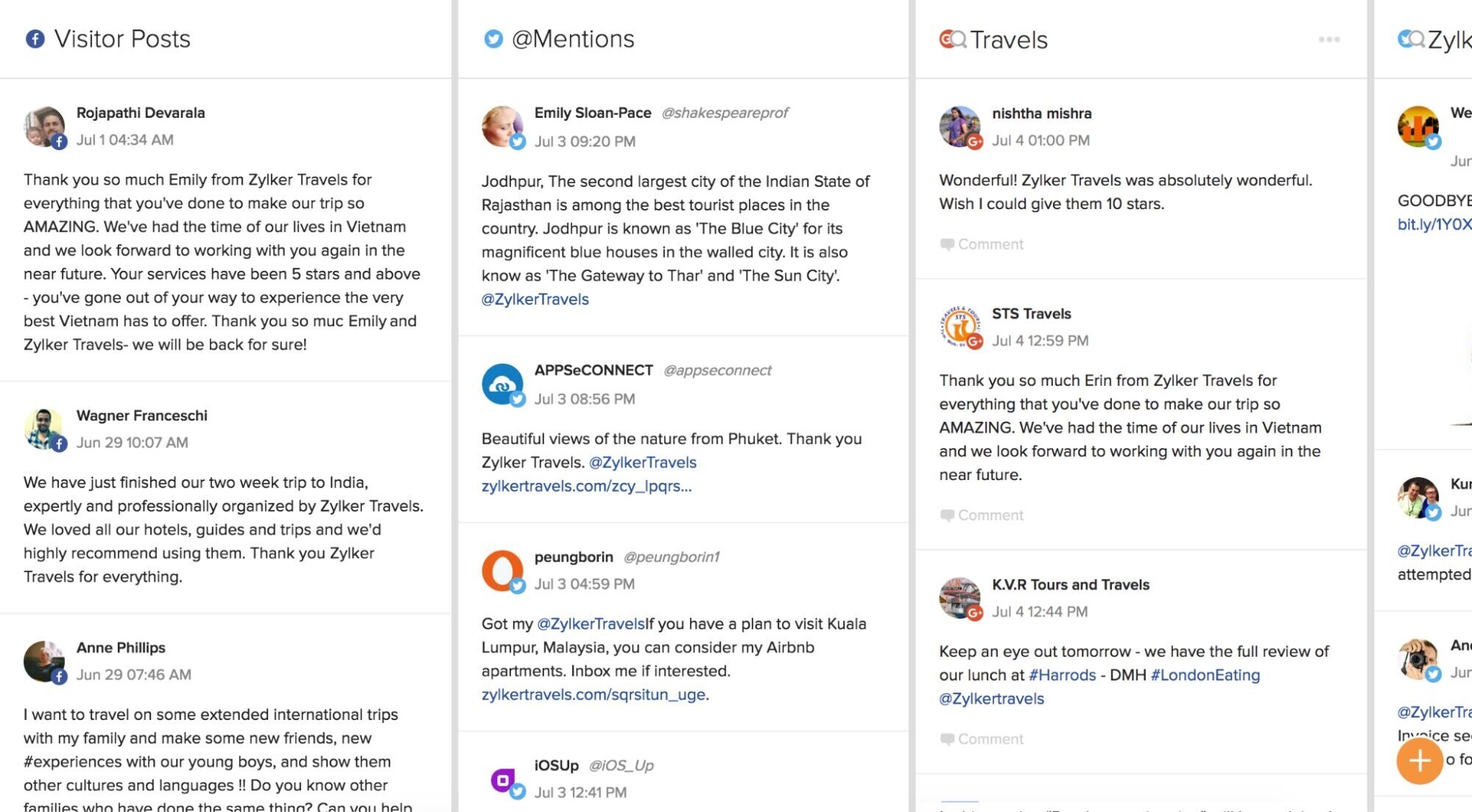
And it integrates with Zoho’s full CRM system to provide marketers with a massive amount of audience data.
Buffer
Buffer is another social media management platform used by businesses, agencies, and individuals—really just any brand that wants to understand its audience better to drive engagement.
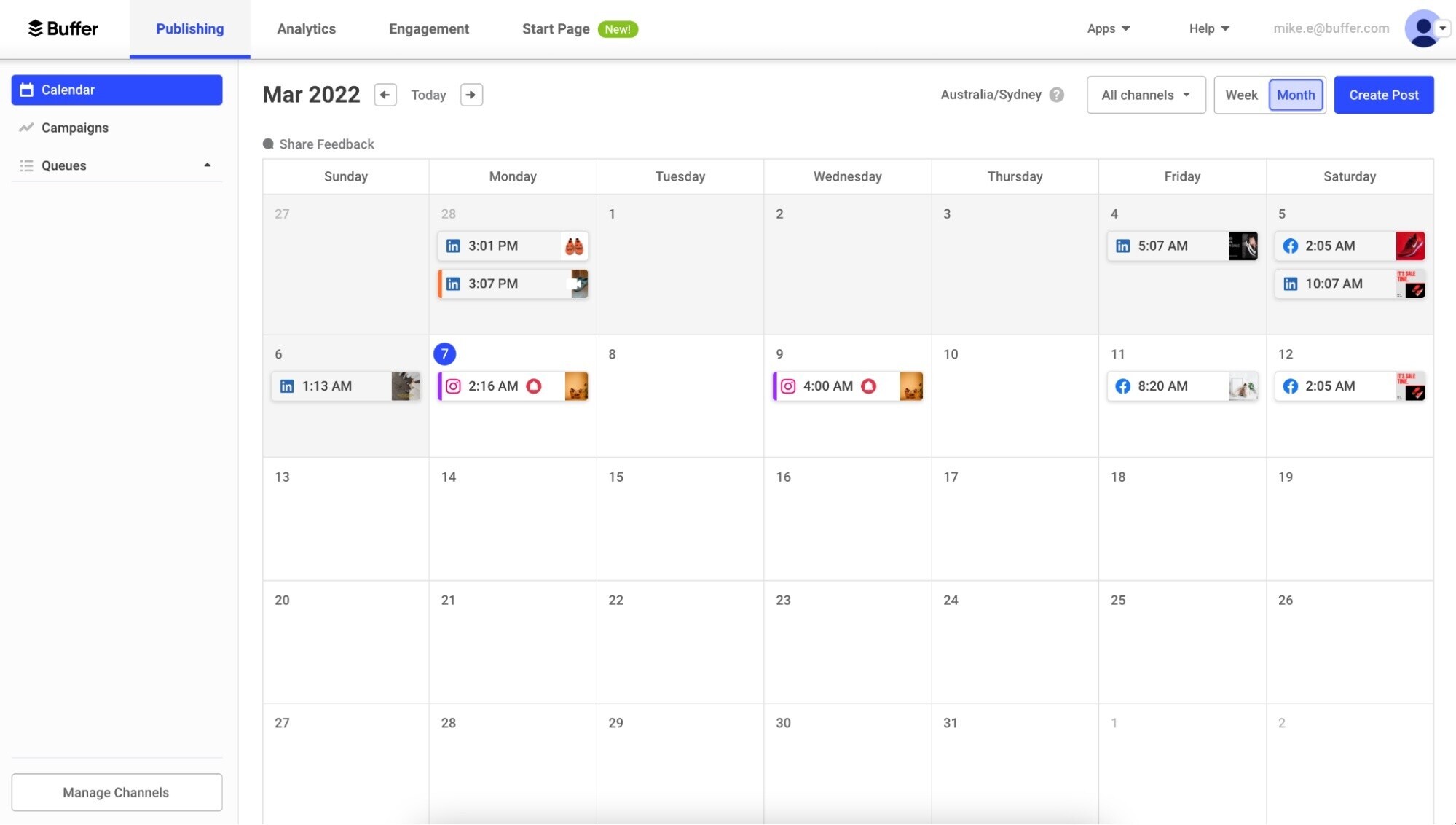
Buffer lets users:
- Measure social media performance
- Collaborate and plan campaigns
- Respond to comments fast with the help of labels and hotkeys
And more.
Agorapulse
Agorapulse is a fantastic tool to stay organized, save time, and easily manage your social media.
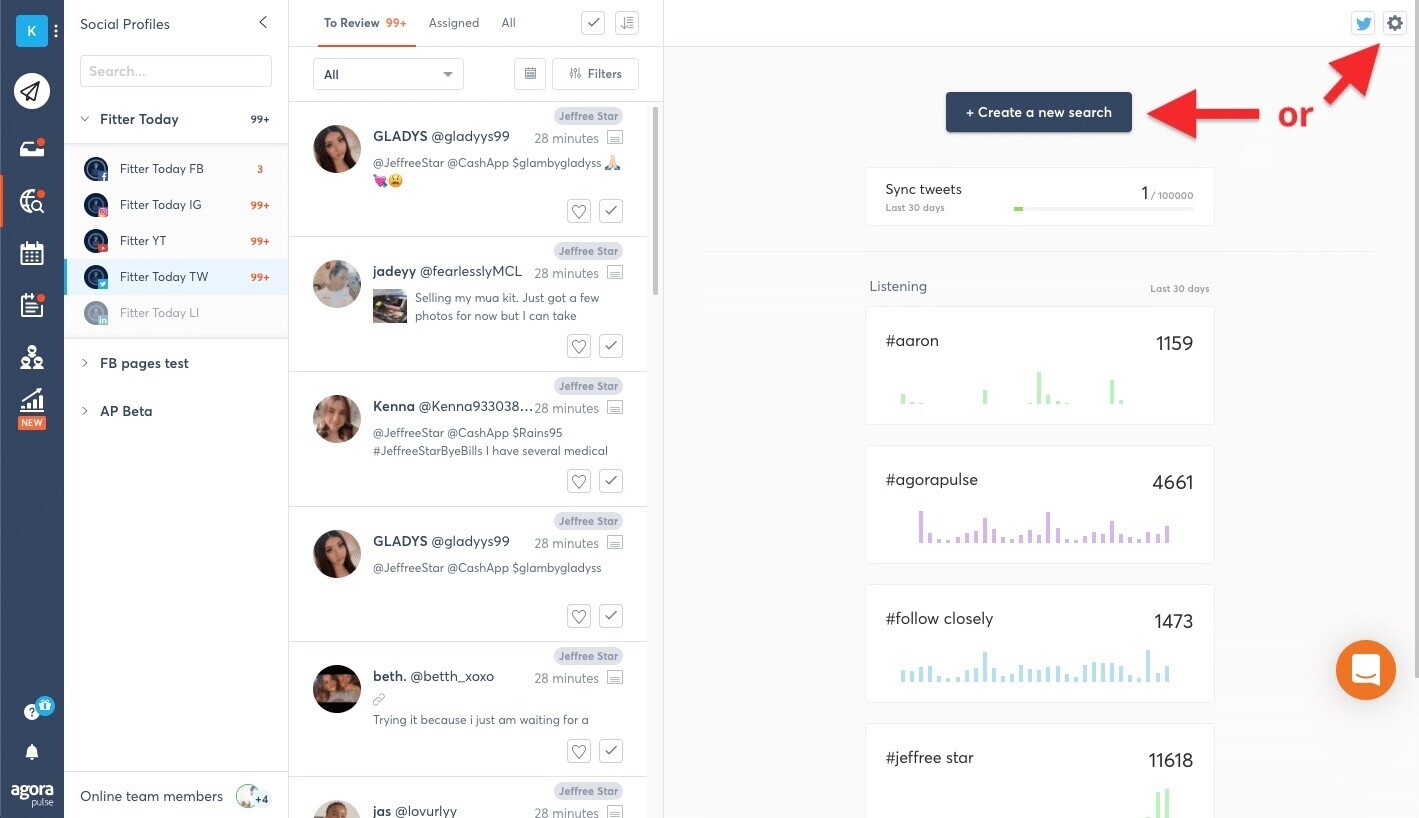
Features include:
- A unified inbox to manage all your social accounts
- Social listening to discover trends and insights
- Insightful analytics to create beautiful and actionable reports
Among many others.
Design tools give marketers the ability to create appealing visuals and graphics.
In a digital world, visual design helps capture attention and drive action.
Design tools help:
- Design promotional content based on the channel you’re using
- Use templates and layouts to easily create appealing visuals
- Standardize your visual materials using branded colors and fonts
- Create intricate, captivating custom visuals and web pages
Canva
Canva falls on the simple end of the design tool spectrum. It’s one of the most popular tools for marketers because it makes creating visual content incredibly easy.
It includes:
- Thousands of ready-made designs
- Sharing features for collaboration, approvals, and feedback
- Options for downloading, scheduling, and printing designs
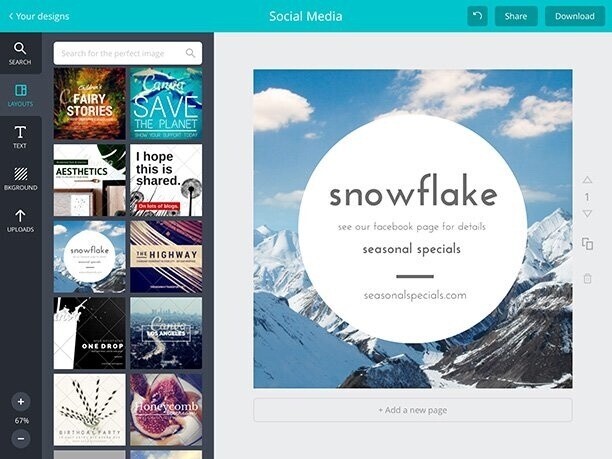
Canva has paid plans for both individuals and teams.
But the free account is amazing. It includes 250,000+ free templates, 1+ million free photos and graphics, 100+ design types, and more.
And it’s free forever.
Adobe
Adobe is one of the oldest software companies in the world. Not just in the design space. But in general too.
Since 1982 they’ve specialized in content creation but have shifted towards visual media over the past two decades.
Adobe offers solutions for photographers, video editors, animators, and all sorts of multimedia specialists.

When it comes to creating and posting graphics online, Adobe’s two most popular tools are InDesign and Illustrator.
Affinity
Affinity is an award-winning design tool geared more toward professional designers.
It allows users to create intricate graphics and animations that can be used on websites and other online platforms to engage and “wow” users.

Figma
Figma is another web design tool that has grown in popularity thanks to its ease of use.
It connects everyone in the design process so teams can deliver better products, faster.
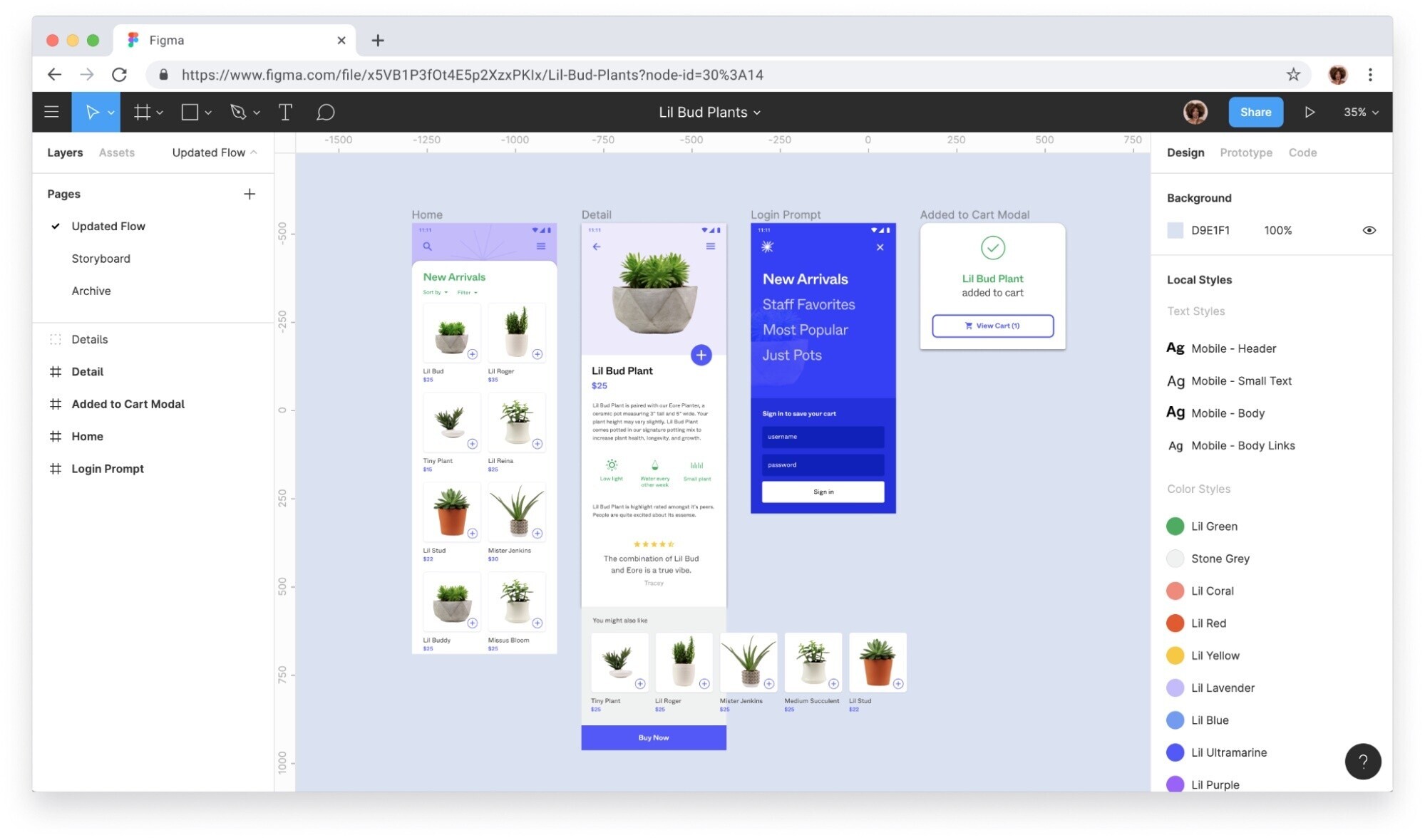
Figma lets teams:
- Explore ideas together with an online whiteboard and sticky notes
- Build an iterative design flow with live collaboration
- Share, present, and gather feedback on interactive prototypes with smart animation
And lots of other nifty features.
Productivity tools allow companies to turn their internal processes across marketing and other departments into workflows.
Which means:
Less time spent updating statuses and more time spent on completing important work.
With productivity and collaboration tools, you can:
- Track the progress of marketing deliverables as they move through the workflow
- Easily identify project details like assignee, development stage, and due date
- Drag and drop functionality to quickly update statuses
- Collaborate with remote teams quickly and more effectively
Trello
One of the most important parts of being a productive marketer is making sure that projects move along according to schedule.
Trello uses a simple drag-and-drop dashboard to make timeline management incredibly simple for marketing teams of all sizes.
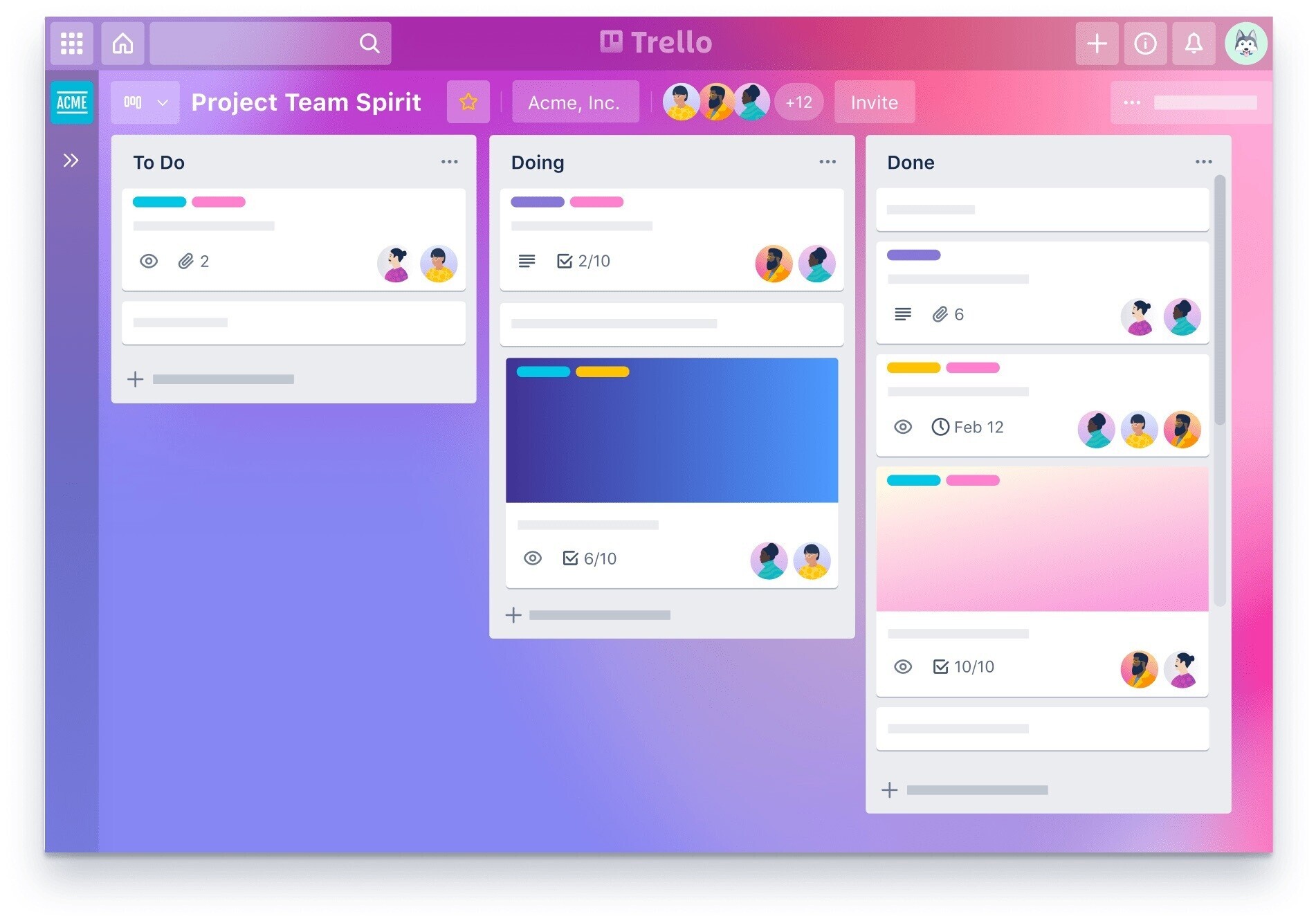
With Trello, you can:
- Use Kanban boards to stay organized (from idea to action)
- Automate workflows with powerful no-code
- Integrate with hundreds of tools you already use
Among others.
Asana
Like Trello, Asana is a project management tool with plenty of features that help online marketing teams stay organized.
Using Asana, you can create a digital timeline to track any type of campaign, regardless of size.
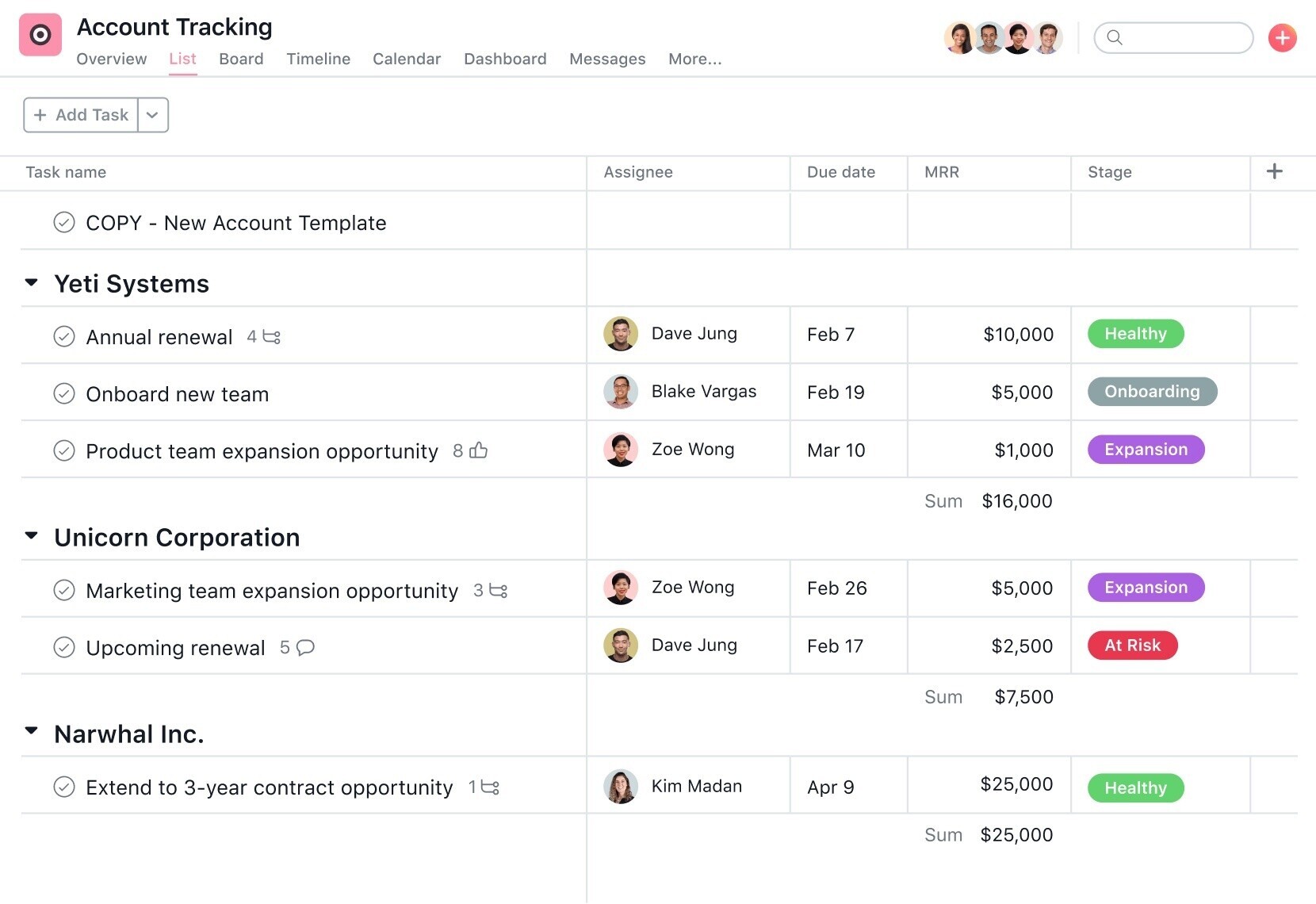
One of Asana’s best features is it makes it easy to change views. You can go from a list to a schedule to a board in just a click.
You can also automate tasks. And integrate with 200+ tools.
Basecamp
Basecamp is an easy-to-use project management platform that keeps busy marketing teams on track.
Managing project timelines is routinely one of the most painful parts of being a marketer and Basecamp gives you the perfect tool for tracking progress across different team members, departments, and projects.
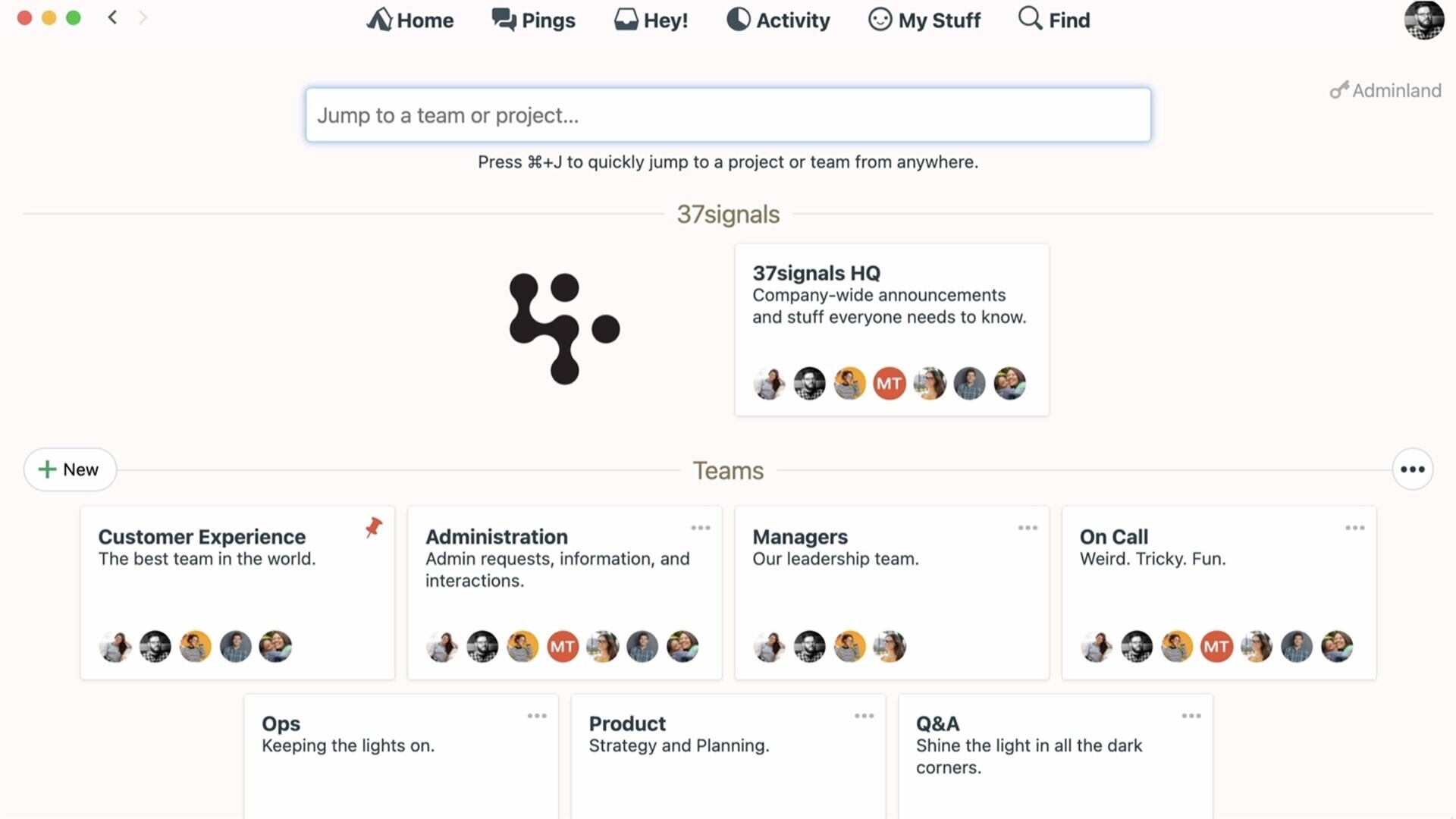
Basecamp lets you:
- Have a centralized place for all your messages
- Track work with deadlines and to-dos
- Store, share, and discuss files
And tons more.
Airtable
Airtable is a collaboration tool that lets businesses bring all their data together. Most marketers use Airtable as their single source of truth.
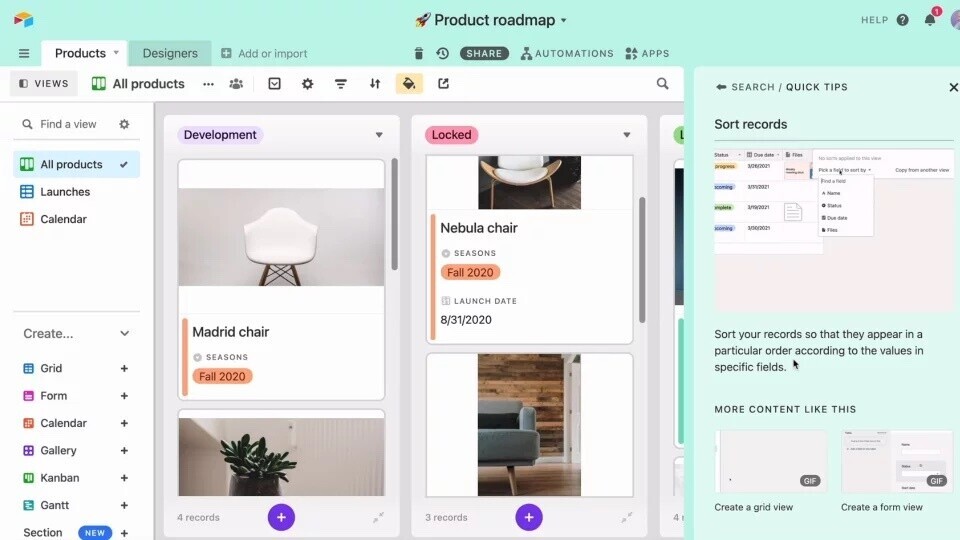
With Airtable, you can:
- Bring together project briefs, intake requests and more
- Link actions to goals and streamline reporting
- Simplify cross-team prioritization by unifying budgets, capacity, and potential impact
Miro
Miro is the online collaborative whiteboard platform that brings teams together, anytime, anywhere.
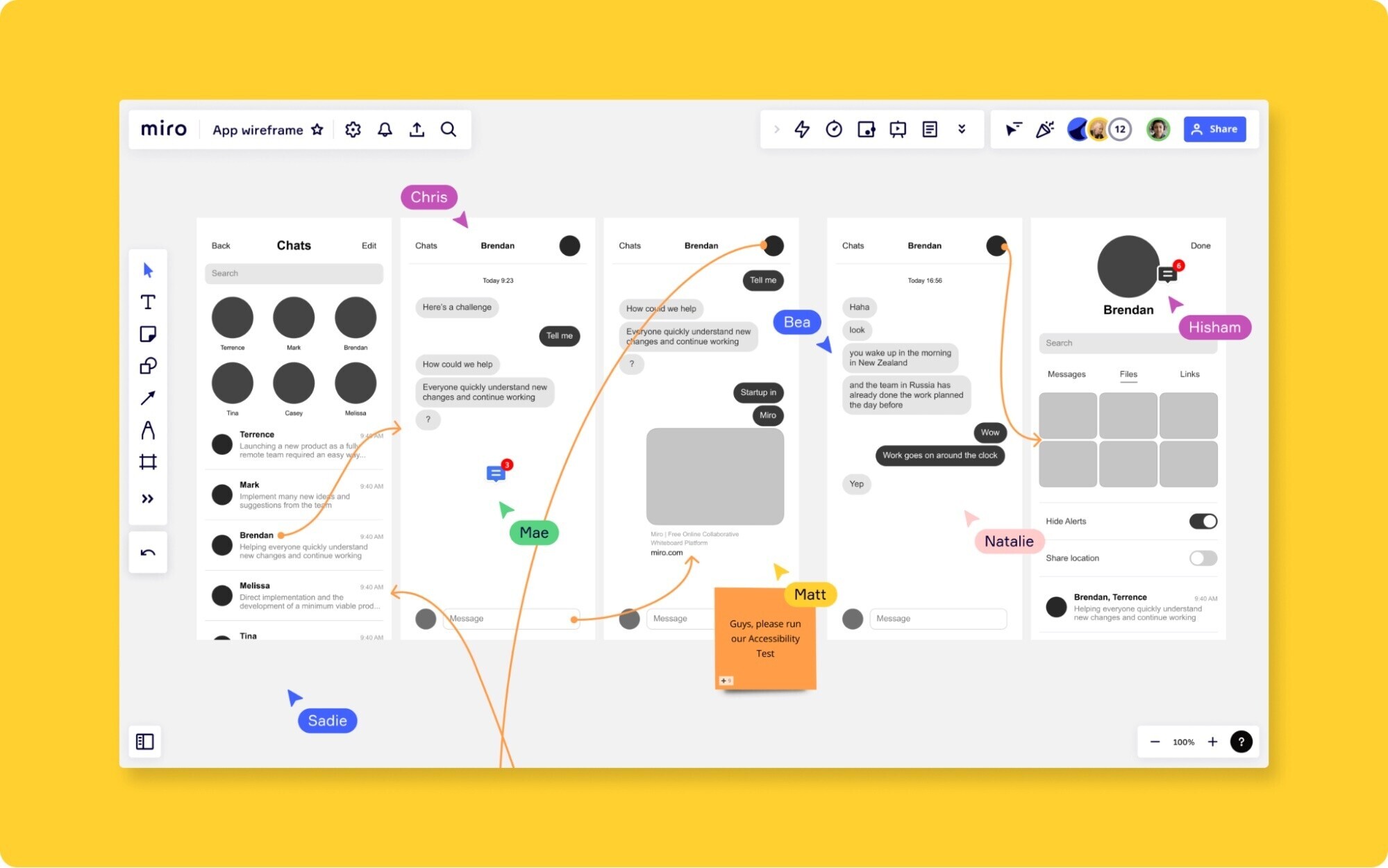
Miro lets you:
- Brainstorm ideas and build on them with sticky notes, images, and mind maps
- Map out information architecture, or create org charts
- Define goals and initiatives, visualize priorities and outcomes, and watch them pay off in a big way
Content Creation Tools
Content creation tools help take care of your content’s editing, formatting, and writing.
With these tools you can:
- Quickly edit documents
- Automate common spelling and grammatical errors
- Create engaging content with quizzes and surveys
And lots more.
Grammarly
Grammarly is an AI-powered writing app.
Its features go beyond fixing mistakes so that you, your team, or your entire organization can communicate with skill and confidence.
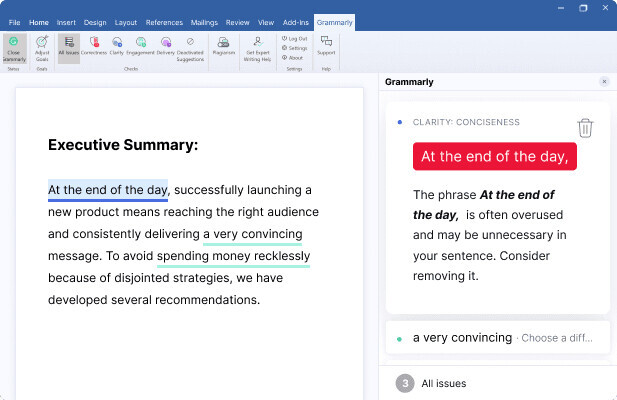
With Grammarly, you can:
- Catch typos, missing punctuation, or commonly confused words
- Get guidance to adjust the mood and attitude of your writing
- Use “clarity” suggestions to make your writing easy to understand
And tons more.
Plus, you can use Grammarly in desktop apps, websites, browsers, social media, documents, messages, and emails. Boom.
Hemingway
Hemingway is a web app that helps make writing bold and clear. It’s like a spellchecker, but for style. It makes sure that readers focus on your message. And not your prose.
Just write (or copy and paste) and the Editor will highlight (in yellow and red) where your writing is too dense.
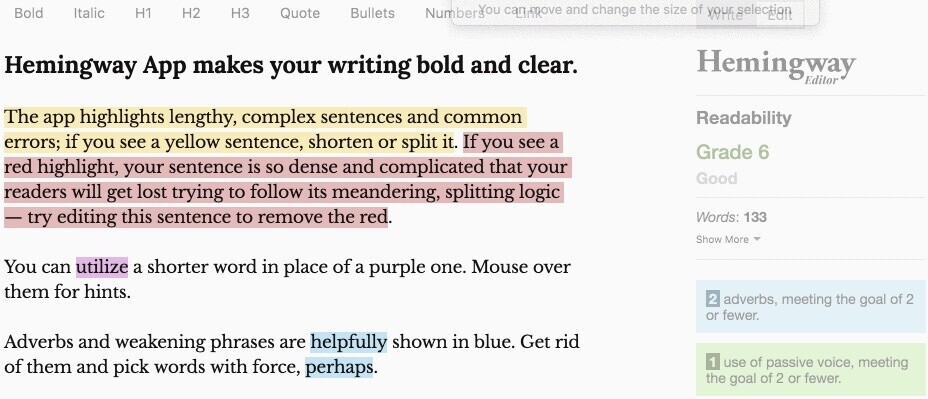
Hemingway is one of the best apps to remove needless words and make your writing more readable.
Take it for a spin. Your readers will thank you.
Outgrow
Outgrow is changing the content marketing game by bringing more interactive types of content to the table that really engage customers while collecting valuable information.
It gives marketers the ability to easily create quizzes, calculators, forms, and plenty of other interactive content for their websites.
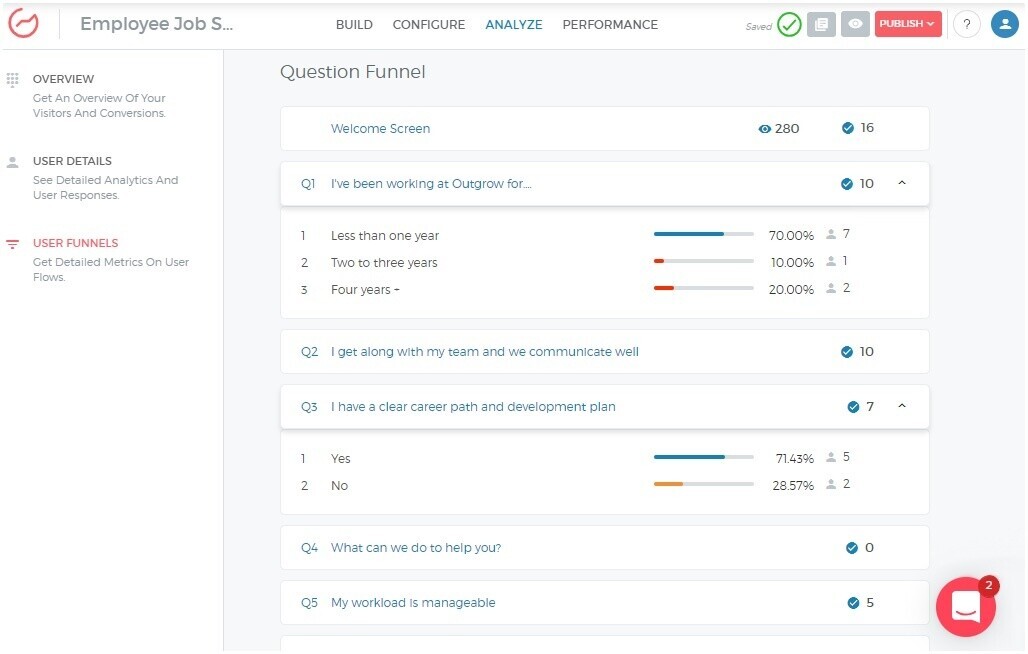
Jasper
Jasper is an AI content platform that uses machine learning to generate content about any given topic.
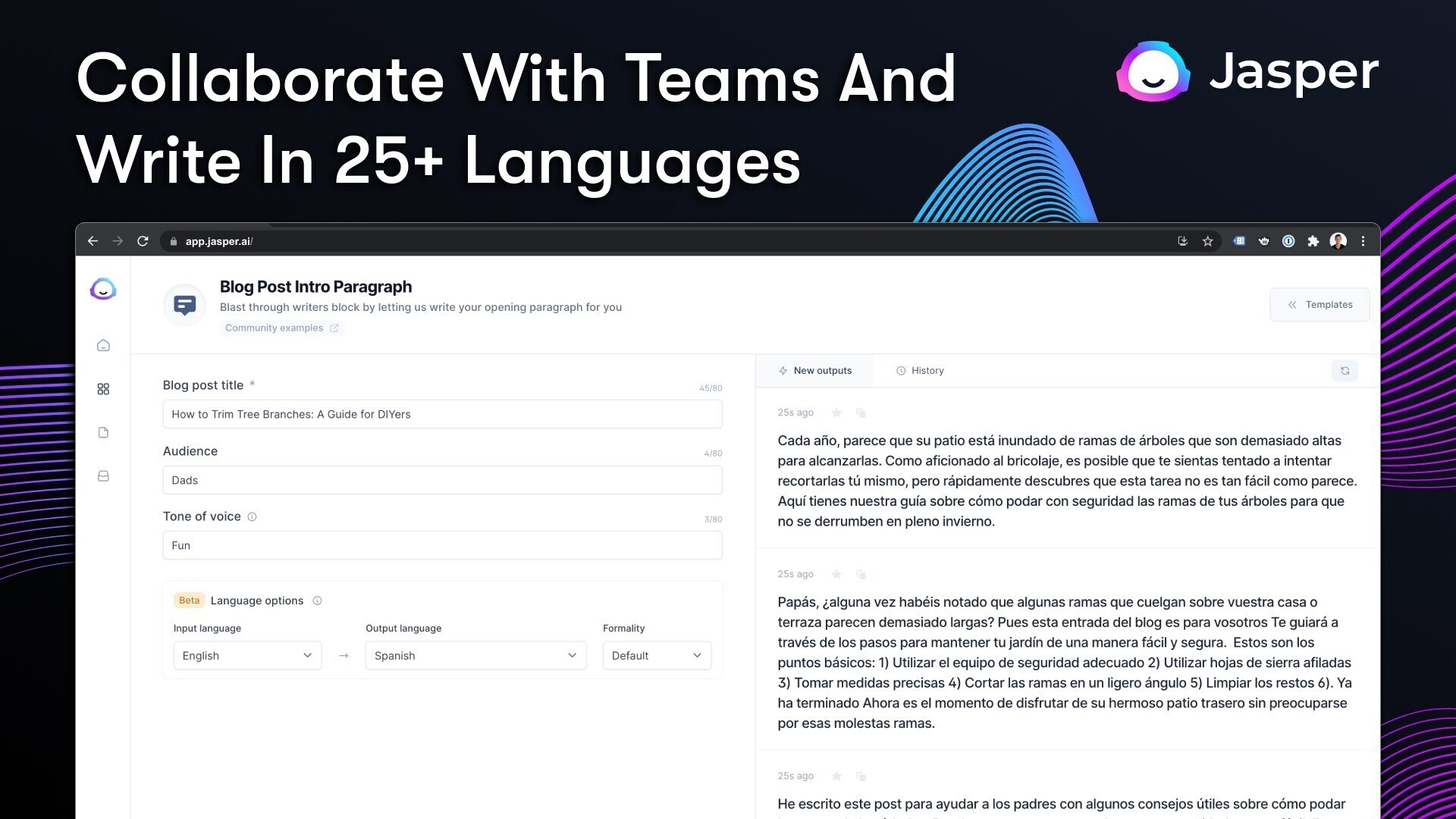
It’s a handy tool to help marketers:
- Generate months of social media content in minutes
- Create fresh ad creative designed to convert
- Write SEO-Optimized blog posts faster
- Spice up email messages for sales, marketing, and support
- Create any art or image you can imagine
And tons more.
Google tools allow users to:
- Quickly develop, edit, and share docs with team members
- Track web page performance in the SERPs (Search Engine Results Pages)
- Identify how users are interacting with your website
- Discover trending keywords for SEO and PPC use
- Launch and track paid ad campaigns across Google sites
Google Docs
Behind any great marketing strategy or piece of content is a brief or outline that puts those ideas down on digital paper.
Google Docs is the perfect free tool to get your thoughts and ideas down for safe storage.
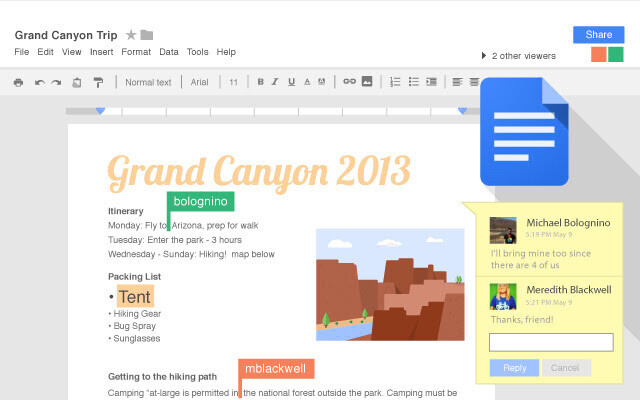
Google Analytics
Google Analytics is crucial to tracking the success of your site.
When properly set up, analytics provides you with all the data you need about how users interact with your website.
When combined with other accounts like Search Console and Ads, you gain even more insights to inform your SEO and PPC efforts.
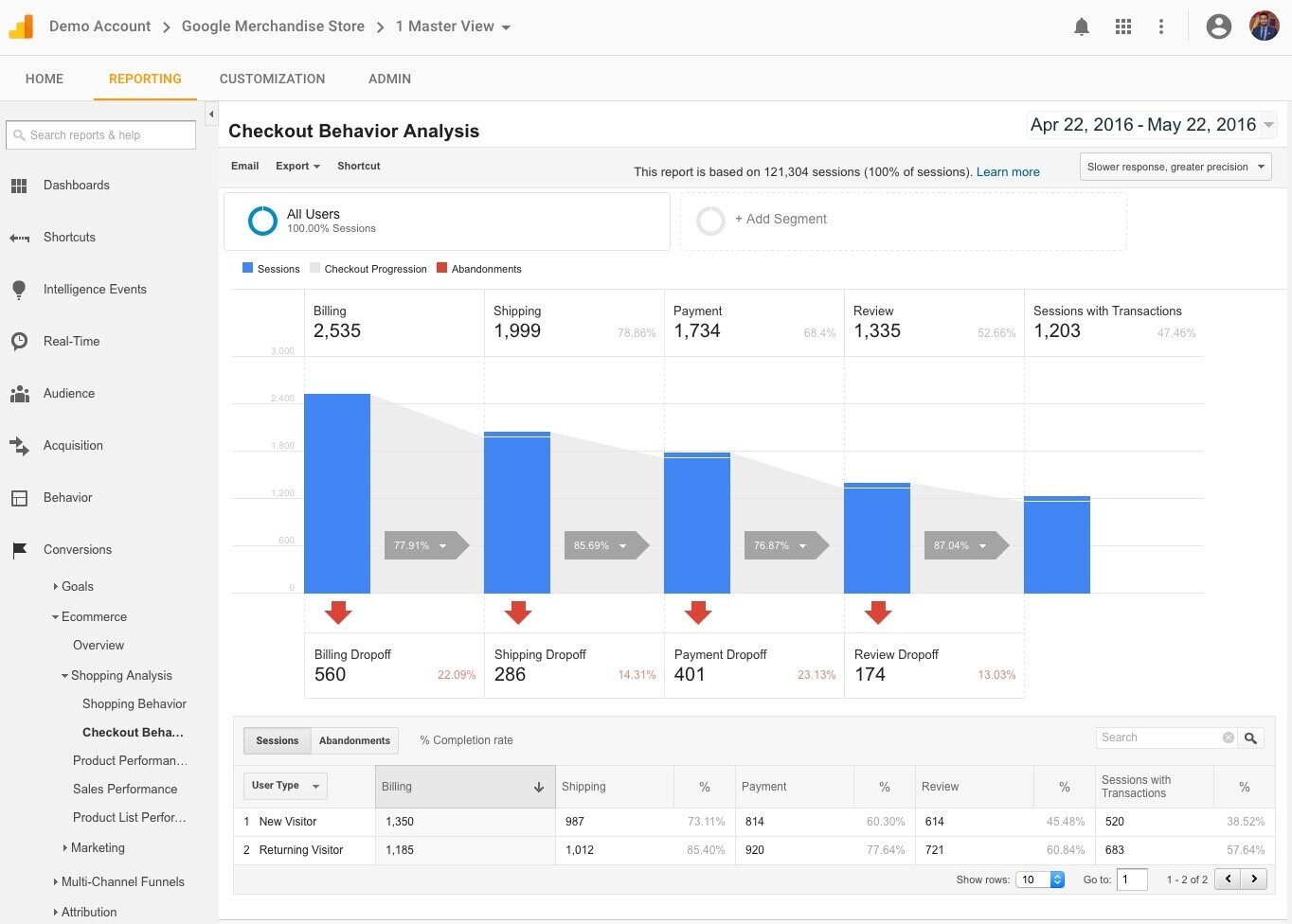
Google Search Console
Google Search Console (GSC) helps you understand your website’s organic performance.
Once it’s connected to your website, GSC provides information about search volume, impressions, and any issues the search engine might have with crawling your website.
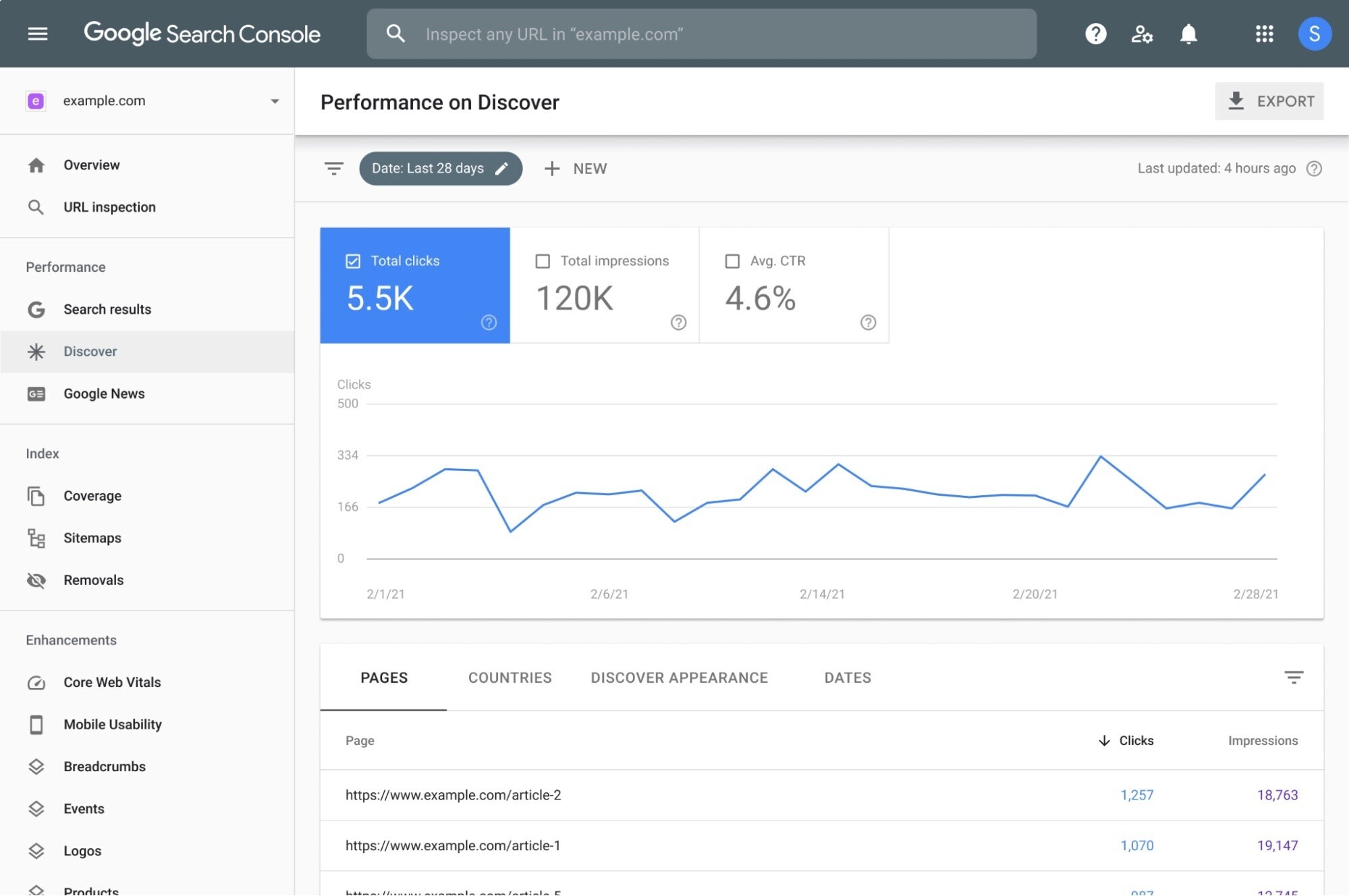
Google Ads
To this day, Google Ads is the single largest platform for digital advertising in the US. Last year, over 28% of advertising revenue was generated by Google.
It’s a platform that modern marketers need to be familiar with.
In addition to providing a platform for buying digital advertising space, Google Ads also has powerful keyword research tools to help inform your SEO strategy.
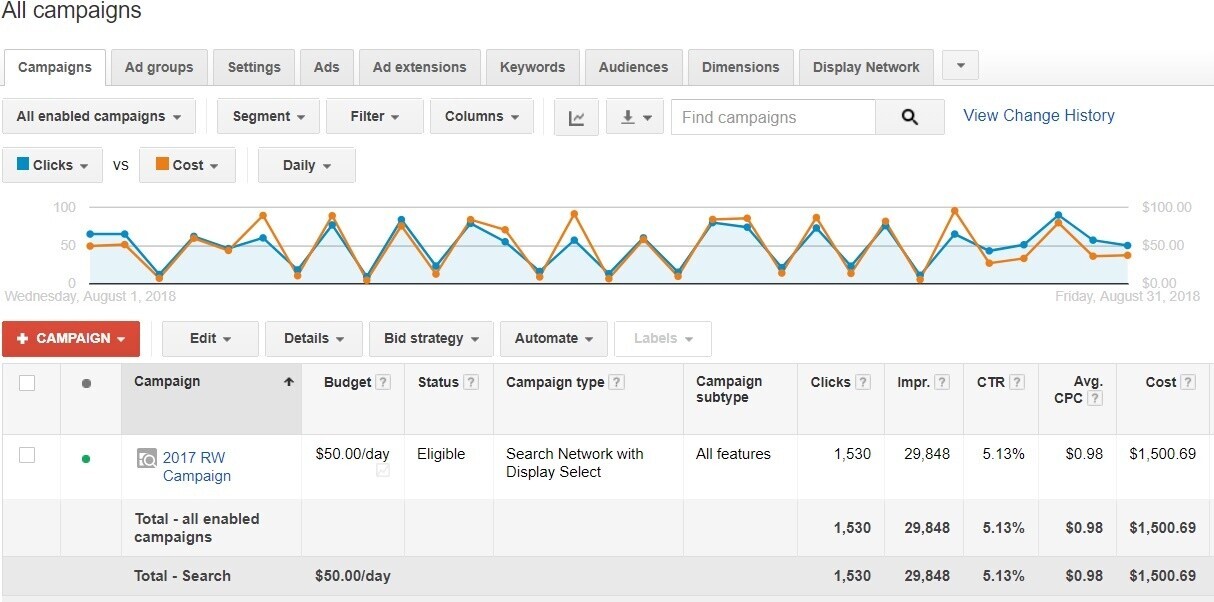
Google Trends
Need help understanding what people are searching for on Google? Look no further than Google Trends.
This tool lets you track the popularity of search queries and keywords across different geographic regions and over time.
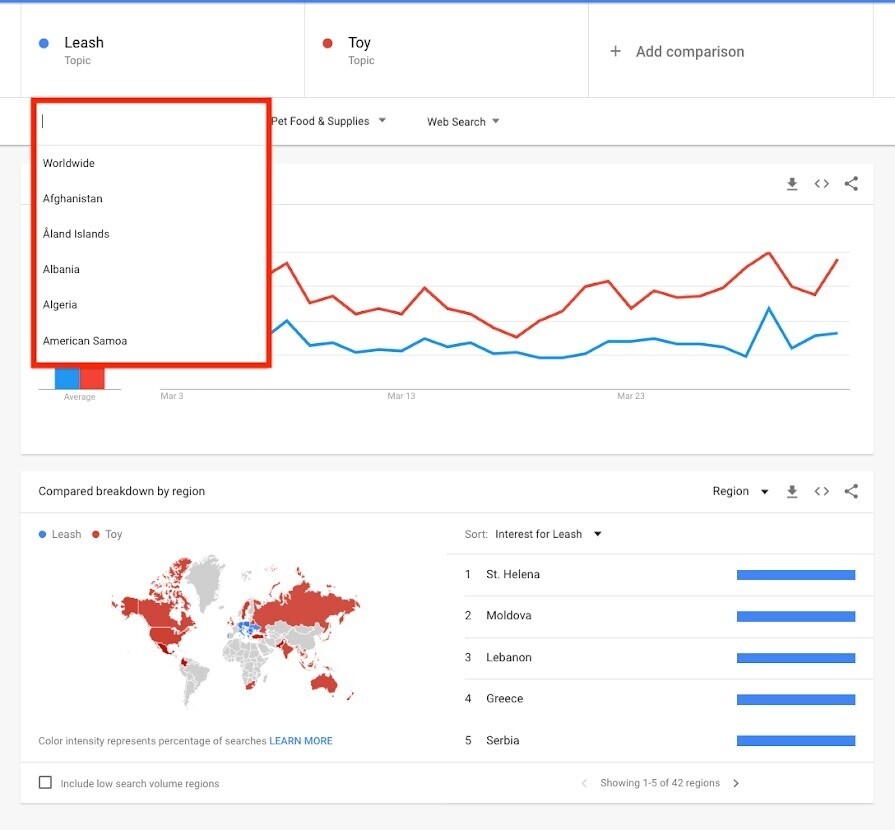
Next Steps
Check out the Semrush Knowledge Base to learn more about the different components of marketing in an online world.
And discover how some of the digital marketing tools we went over today can help you and your business succeed.
[ad_2]
Source link